Introduction: What makes the company unique?
In a TV interview, entrepreneurs Rob and Pablo creators of “Snog” a UK based chain of yogurt outlets state the following regarding what it takes to become a successful entrepreneur:
“Now we are in a recession and we see businesses that are successful I think the one thing you see that they all have is the experience which is the most important part in everything so we made sure that there was an experience“.
The “experience” that Rob and Pablo are referring is not just the quality of the product itself but what customers feel when they enter into a particular establishment. This focus on creating an “experience” for clients is what sets “We Take You There” apart from other travel websites since the site creates an experience for them that goes beyond simply buying a vacation. Through the site, customers are able to upload and share their experiences which makes the processing of buying and going for a vacation that much more enjoyable since you are sharing it with others.
Marketing Environment Analysis
Market Analysis
Due to the current financial recession, consumers/travellers are more reluctant than ever to commit funds to overly expensive outings. As a result, they often look for discounts they can avail of which online travel sites such as priceline.com, kayak.com, and expedia.com can let them see.
The Wide Picture of the Industry and Marketplace
Current industry trends have shown a significant drop in air travel ever since the 2009 recession. It is actually due to this that average methods of product selling will not work and that there is a definite need to use an alternative method of product promotion in order to gain a profit. It is to this end that online E-commerce sites provide consumers with a means to reduce the cost of travel while at the same time making it easy and more convenient for them to plan their trips.
SWOT Analysis
Strength
The strength of online travel websites is due to the fact that they are a cheaper and more convenient method for travellers to book and manage their travel itineraries (Sharkey, 2007). What must be understood is that consumers try to get the most out of their income through rational buying behaviour which results in a maximization of total utility from the products or services used (Hsieh, Tzu-yin & Yung-kun, 2010). In the case of this paper, this comes in the form of clients choosing online travel websites instead of physical travel agencies based on their perception that they would get the most value from patronizing that company (i.e. through cost and time savings).
This rational behaviour is based on the fact that consumers will act in an economically competent manner in that they will not spend too much money on irrational purchases or services. The concept of rational behaviour assumes all consumers engage in rational buying behaviours which becomes the basis for any future analysis of consumer patronage towards a particular type of product or utility (Parsons, 2011). For the travel industry, this means that customers have a certain “limit” to the amount they are willing to pay on airline tickets on a particular travel package based on the rates that the company has allotted for them (Guadalupe-Fajardo, 2003). Since online travel websites are able to give better prices in a more convenient manner to be purchased, it is not surprising that customers would patronize this particular type of service.
Weakness
The concept of preferences is based on the fact that each individual consumer has his/her own personal preference towards a particular service or product that is currently available in the market from which they are able to derive the greatest amount of total utility/ satisfaction (Online battle, 2011). Consumers are inherently aware of how much in the way of marginal utility they are able to derive from successive use/consumption of a particular product or service (Griffiths, 2012).
It must be noted though that the amount of marginal and total utility derived from a particular product or service differs based on each individual consumer group since they all have individual tastes, preferences and ideologies. In the case of the travel industry this comes in the form of various fare packages that the companies offer passengers. Sometimes travel agencies are able to provide complete travel packages that online websites cannot and are able to provide a greater level of human interaction (Michels, 2002). In fact, in some cases travellers actually preferred travel agencies due to the “human factor” that online websites lacked. Another factor that should be taken into consideration is the fact that online travel websites are easily created resulting in a lot of competitors easily being able to access the market which can potentially erode the market share of any successful site.
Opportunity
Under the concept of budget constraints, each consumer is assumed to have a fixed and finite income due to the limited amount of work in exchange for income each individual consumer is capable of achieving. In this case, it is assumed that there is an unlimited demand for goods and services; however, this is offset by a limited income (Muñoz-Leiva et al., 2012). For the travel industry this takes the form of having specific types of ticket packages available that take into account varying income levels instead of having fixed price packages that neglect to take into account a person’s level of income before a particular payment plan is set (i.e. promo fares, low cost carriers, etc.). Since travel websites are able to edit and advertise various different kinds of discounts and promotions for fairs and hotels as they appear, this presents itself as an excellent opportunity for consumers as well as for the business since it results in a cheaper way of travelling and taking a vacation as well as increasing consumer patronage (Wen, 2012).
Threat
Finally, the concept of prices assumes that each individual consumer is part of the total demand in the market. Due to the limited amount of income each consumer is capable of achieving, they must choose to obtain the best combination of goods that maximizes their total utility while at the same time remaining within a certain price range. In this paper, the point of view of the consumer, namely consumer preference, plays an important role in determining whether the total utility of the consumer knowing that the travel website they are under has beneficial practices (i.e. good customer service, widespread loyalty packages, online service etc.) actually contributes to consumer patronage of that particular business (Chih, Wu, and Li, 2012).
It must be noted that while the concept of consumer preference plays an important role in the choice of a particular product or service the fact remains that the remaining concepts of rational behaviour, budget constraint and price also play roles that can actually override them. Should a consumer be presented with the same service with both being within budget constraints and prices, the choice is usually left up to consumer preference (Websites: less is more, 2009).
On the other hand, if a choice is beyond budget constraints, price level and is considered to be an irrational choice preference is no longer included into the decision making process (Mueller, 2011). Thus, in terms of understanding consumer behaviour, preference should not be considered the sole deciding factor in understanding consumer behaviour rather a combination of rational behaviour, preference, budget constraints and price must always be taken into consideration in order to understand how consumer behaviour towards a particular product or service works. If another travel website is able to offer better services and cheaper prices for the same type of vacation or travel experience, it is likely that consumers would go for that site rather than the one they are currently patronizing (Venkateshwara Rao & Smith, 2006).
Marketing Strategy
Vloging a Sponsored Vacation and Connecting it to the Site
One potential avenue of approach is to arrange for an all expenses paid trip for a YouTube star to a selected UK location that “We take you there Travel” offers a package to where they can vlog their experience to their viewership. Vlogging is a term that is a result of combining the words “blogging” (referring to act of publishing personal thoughts and experiences online for complete strangers to read) and “video”. The vlogs of YouTube stars often generate a substantial degree of views due to the current obsession over “reality viewing” wherein people want to watch people living their lives as it unfolds.
By having YouTube stars vlog their experiences within a vacation spot for a few days, this in effect acts as type of commercial which showcases the amenities and overall appeal of the location. Since it comes from a personal perspective and not through a telegraphed and obviously one sided view of the UK based location, this in effect generates a unique appeal to the market segments that the marketing campaign is attempting to target. It must also be noted that the YouTube stars in question could also be potentially convinced to host their shows with a live background of the UK location in question. This enables the marketing campaign to more effectively capture a larger audience without having to increase the amount of money paid to the YouTube star since they are already on an all expenses paid free vacation.
Customer Video Page
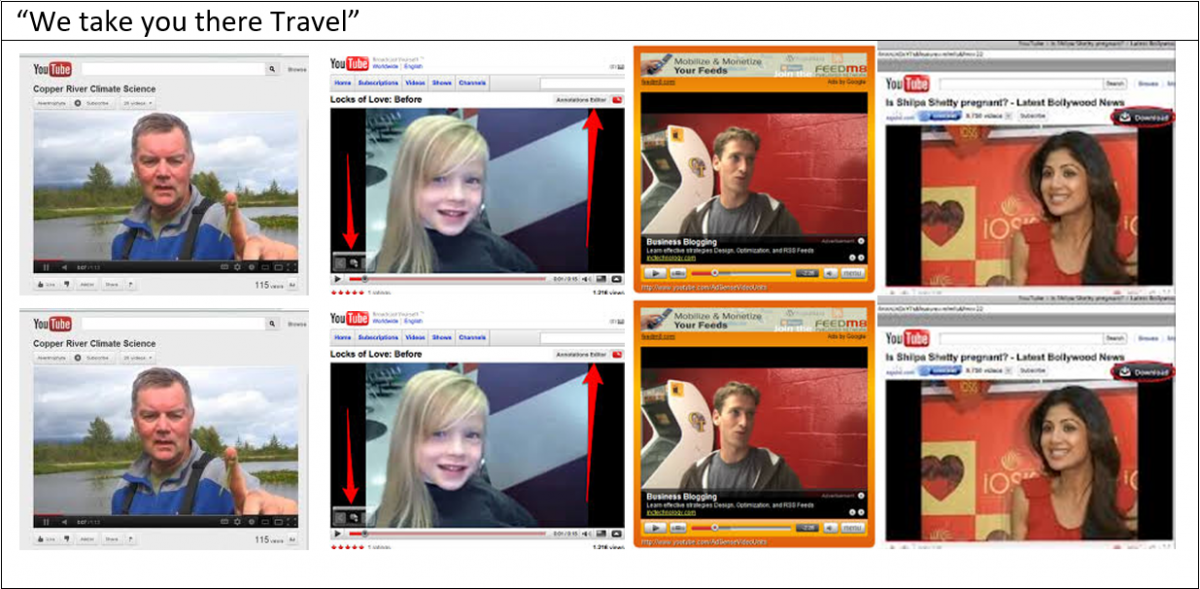
The concept behind the customer video page is that customers that have successfully paid for a package can get up to 10 percent off their package fee through a customer promotion program. The program itself is actually rather simple, a customer that has successfully paid for their tour package will be offered 10 percent off if they vlog and edit a video of their tour. All they would need to do is create a short 5 to 10 minute video of their trip in various locations.
They would highlight certain interesting places, good things to eat and what events other potential customers might want to try out should they take the same tour package. By doing this particular means of promotion, this enables potential customers to see the experiences of other people that have gone on a tour package that was sold by “We take you there Travel” and makes it more likely that they will also attempt to purchase a vacation as well (Chiappa, 2013). As an added bonus, depending on the number of people that purchase a vacation through the payment link directly on the left side of the customer video, a customer may get up to 100% percent off the price of their trip. This particular facet of the customer video page is to encourage people to submit high quality videos which would encourage site visitors to buy the tour packages.
Customer Demographic Marketing Strategy
The following table is an examination of the customer demographics that the “We Take You There” travel agency is currently targeting. Through this table, the agency will be able to develop a better marketing strategy when it comes to creating the ideal travel packages that particular types of clients would be after.
Website Design
Creating the website development strategy
This stage of the process involves developing a “vision” for the website in terms of what is its specific purpose for the company (i.e. will it sell products or merely present information regarding the company itself). This stage of the process involves analyzing what must be put in, what functions must be present and to what specific category of internet user must the website appeal to.
Translating the website development strategy
Translating the development strategy involves the creation of an effective framework of approach regarding how the idea for the website can be implemented in reality. This comes in the form of developing the conceptual framework for the website, creating teams in order to implement the intended functions and information that should be present as well as outlining specific deadlines for task completion.
Aligning the organization
This stage of the process involves aligning the company in such a way that it incorporates the new website into its operational framework. For instance, in the case that the company is developing the website to sell its products, this involves implementing a back system that seamlessly incorporates an order with warehouse operations, delivery service as well as customer service so as to deliver the product to the customer. Without such system in place, chaos ensues which shows the need for proper organization alignment for online operations.
Planning operations
This stage of the process involves focusing on how the entirety of the website should function; who should monitor and be responsible for it, as well as determine what teams of individuals should be in charge of online market promotions, information posting, social media and other similar tasks that are an aspect of website development.
Monitoring, learning, testing and adapting new processes
This stage of the process involves examining the operations of the website in real time and determining whether adjustments need to be made here and there in order to manifest optimum performance in website operations
Customer Support Software
This type of software can be utilized on the “We Take You There” travel website to schedule appointments and track customer issues regarding reservations, payment issues, website glitches and an assortment of other possible problems that may arise.
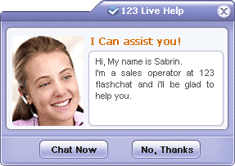
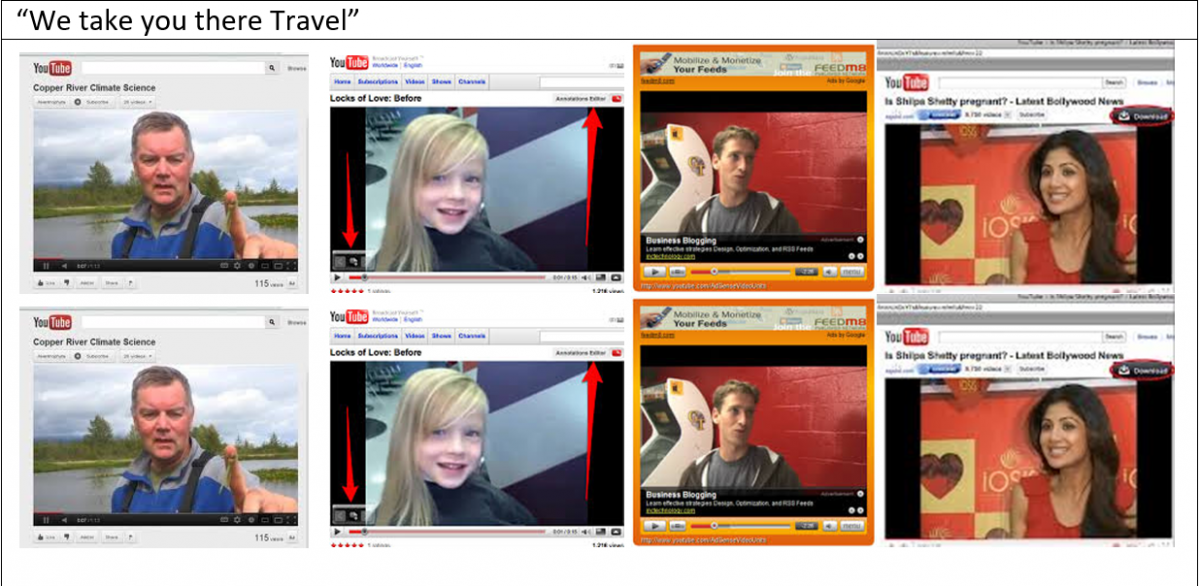
The chat box will appear if the customer selects the “talk to a representative” option on the web page. Through this service, “We Take You There” travel will be able to better address client concerns and help to take service “to the next level” so to speak by enabling the company to make the customer buying experience a pleasant and enjoyable one.
Website Development Strategy
Visual Design
Description and Justification of design
The visual design of the website will emulate the style that can be seen on www.nikkiandjohn.com. The reason this particular type of site design was chosen was due to the fact that the black rectangular area on top which is separate from the gray area on the bottom is simplistic however it looks rather good.
Description of the Colour Scheme
- Site background: #363526
- Page background: rgba(247,164,75,0.6)
- Navigational Background: #130f0c
- Site title colour: #ffae00
- Navigation colour: #ffae00
- Heading colour: #222
- Body text colour: #1a0f0f
- Body link hover colour: #c8e920
The reason this particular colour scheme was chosen is due to the fact that the contrasting light and dark colours helps to bring out the quality of the photos and makes the information easy to read. Arial size 14 font will be utilized for all text.
Raw Data Collection
The website design will primarily utilize elements to create the structural basis for the site since both sites are exactly what the “We Take You There” site should look like.
Mock ups
Home Page
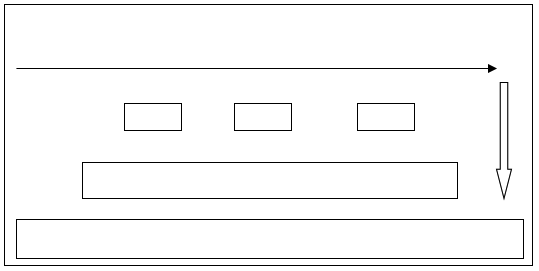
Video Presentation
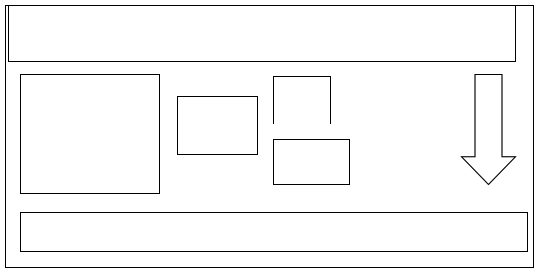
Video Gallery
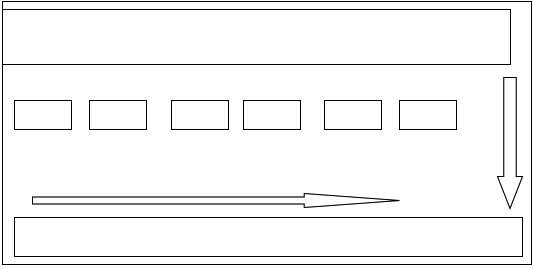
Customer Uploaded Videos
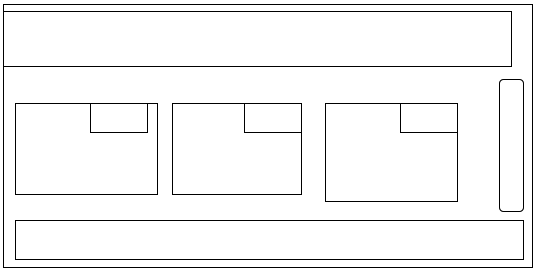
Customer Uploaded Videos with Description of Location
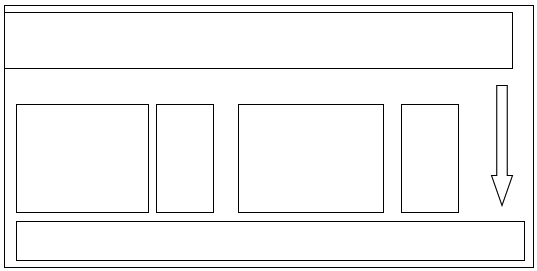
Promos and Events
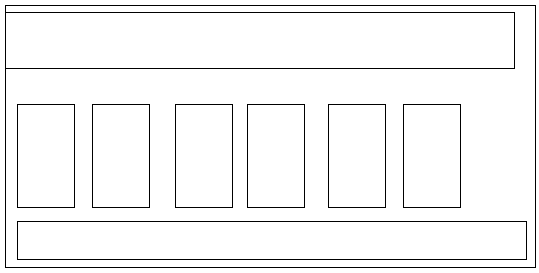
FAQ
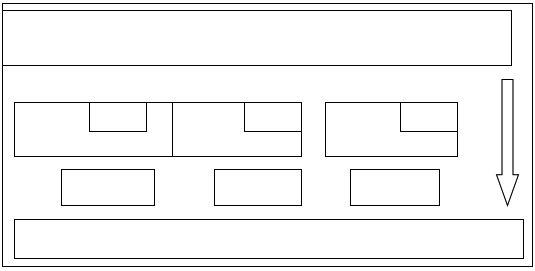
Membership Area
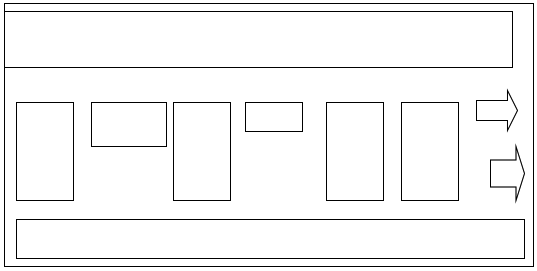
Homepage About We Take You There Travel
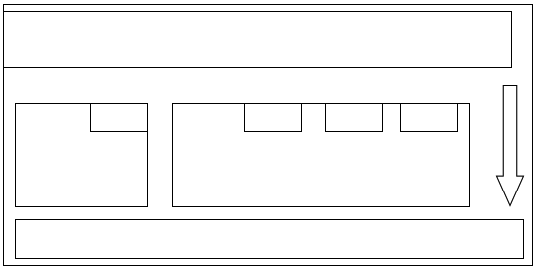
Reference List
Chiappa, G. (2013). Internet versus travel agencies: The perception of different groups of Italian online buyers. Journal Of Vacation Marketing, 19(1), 55-66. Web.
Chih, W., Wu, C., & Li, H. (2012). The Antecedents of Consumer Online Buying Impulsiveness on a Travel Website: Individual Internal Factor Perspectives. Journal Of Travel & Tourism Marketing, 29(6), 430-443. Web.
Griffiths, S. (2012). OTT goes global with logo and website rebrand. Travel Trade Gazette UK & Ireland, (3027), 8-9. Web.
Guadalupe-Fajardo, E. (2003). More Americans are making online travel purchases. Caribbean Business, 31(28), 55. Web.
Hsieh, T., Tzu-yin, W., & Yung-kun, C. (2010). The impact of online negative word-of-mouth on customer purchase decision for the travel websites. Journal Of US-China Public Administration, 7(7), 65-76. Web.
Michels, J. (2002). Online Managed Travel Rising. Travel Agent, 306(11), 43. Web.
Mueller, E. (2011). Travel by Bits. Advocate, (1050), 76. Web.
Muñoz-Leiva, F., Hernández-Méndez, J., & Sánchez-Fernández, J. (2012). Generalising user behaviour in online travel sites through the Travel 2.0 website acceptance model. Online Information Review, 36(6), 879-902. Web.
Online battle. (2011). China Economic Review (13506390), 22(2), 10-11. Web.
Parsons, M. (2011). Forget algorithms, content is the key. Travel Trade Gazette UK & Ireland, (2956), 28-29. Web.
Sharkey, J. (2007). Airlines Sharpen Sites For Web-Savvy Traveler. New York Times. p. C6. Web.
Venkateshwara Rao, B. B., & Smith, B. C. (2006). Decision support in online travel retailing. Journal Of Revenue & Pricing Management, 5(1), 72-80. Web.
Websites: less is more. (2009). Travel Trade Gazette UK & Ireland, (2858), 11. Web.
Wen, I. (2012). An Empirical Study of an Online Travel Purchase Intention Model. Journal Of Travel & Tourism Marketing, 29(1), 18-39. Web.
